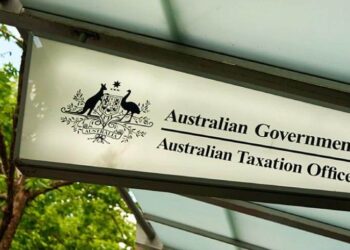Tim Miller, head of technical and education for Smarter SMSF, said that once a limited recourse borrowing arrangement (LRBA) has been repaid, decisions need to be made about whether to keep the asset in the bare trust or transfer it into an SMSF.
He said that with many LRBAs that were put in place in 2010, the 15-year safe harbour rules are coming to an end, and there are a few things that trustees must now consider.
“These things ultimately came into play in 2007 and then there was a lot of reform around that between 2012 and 2015, and so, in many instances, a lot of these things are reaching the end of their term, particularly those related party LRBAs that were restricted by the safe harbor rules to 15 years from a payout time,” Miller said.
“The decision [now has to be made] about whether or not to keep the asset in the bare trust, the holding trust name, or to transfer the asset to the self-managed super fund, and the decisions are now at the forefront of the minds of trustees who have entered into these arrangements.”
There are several things that trustees must consider besides whether they want to retain the asset, he added, including how they are tracking with their repayments, whether they have satisfied all repayment requirements, what impact, potentially through COVID-19, did they need to make sure that they “kept it clean” until the LRBA has been paid.
Aaron Dunn, CEO of Smarter SMSF, said that if the decision is made to move the asset across to an SMSF, the LRBA safe harbour guidance in PCG 2016 states the loan had to have been “cleaned up” as part of the transfer.
“What I mean by that is if there is a requirement to have a registered mortgage and we would be expecting that to be removed,” he said.
“There [are] a number of steps in a legal context that you want to ensure were done correctly when it first happened, so you didn’t end up in a potential double duty situation, or in essence, that transfer across has no duty or a concessional duty ultimately applied to it.”
He continued, there are other things that need to be considered in moving the asset across, such as understanding the implications of retaining the asset inside the bare trust despite not having a loan attached to it.
Miller said there are several key legislative issues as well, such as the concept that the link to the bare trust could be viewed as a related trust and the risk associated with it being considered an in-house asset.
“The legislation was effectively extended by the regulators to say when the trust is initially set up and if it is maintained afterwards, that the trust, if it continues to meet the conditions of 67A – things like no improvements – then it will continue to be exempt from a definition of an in-house asset,” he said.
“But importantly, there was this capacity to say that there was actually no mandate within the legislation that says you have to transfer the asset out of the trust once the loan is repaid, the caveat being that if you don’t transfer it out, then you’re always going to be subject to the 67A definition and requirements around things such as improvements or changing the nature of the asset.”
Furthermore, he said, there may also be other issues associated with the initial transaction, where it might be “dubious”, or there might be some sort of stamp duty implication.
“Potentially, maybe the deposit was paid personally, and so there’s going to be some ownership issues there,” he said.
“From a cleanliness point of view, you don’t want to incur any stamp duty, and you don’t want to run the risk, so you might look to keep the asset in the holding trust.”
Dunn said this could come into play, for example, with a residential property purchased with the potential of future development value.
“The reality is they’re going back to the definitions that are sitting in within 67A and B, around what you can or can’t do, and ultimately, if you want to change the character and nature of what was invested in originally, then you’re not, regardless of whether there’s a loan, going to be able to achieve that unless you move that asset back into the SMSF,” he said.


